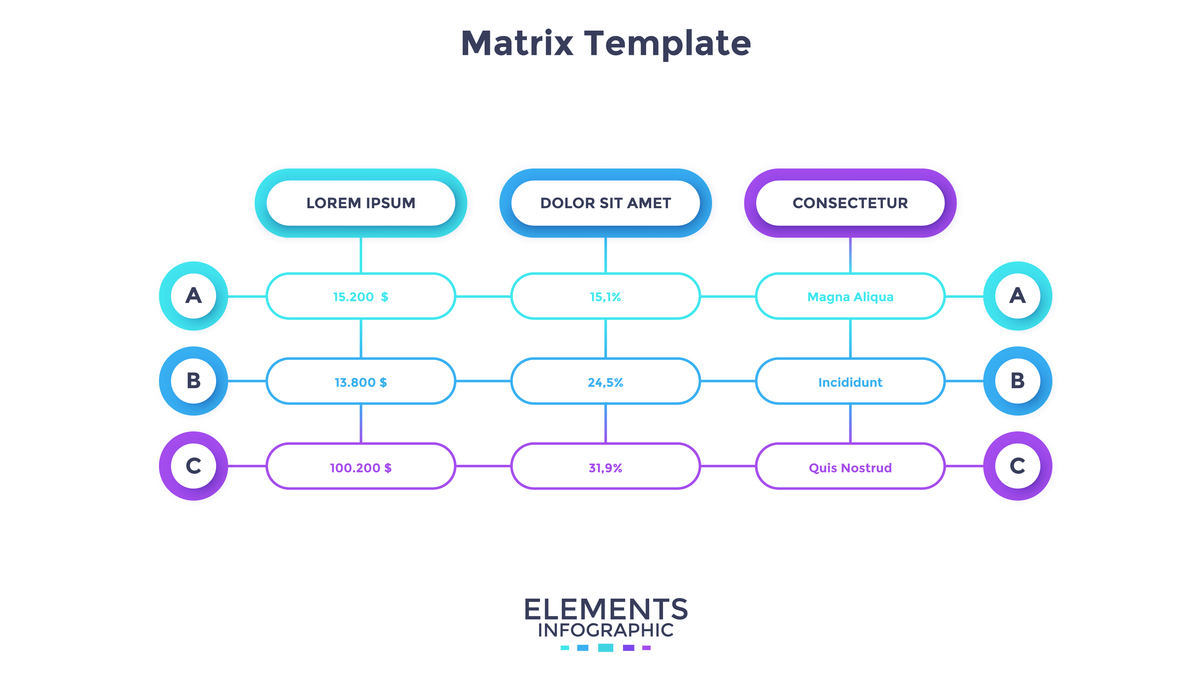Pagination: What is it and How to Use It
Pagination is a technique used in web development to divide large amounts of data into smaller, more manageable pages. This makes it easier for users to browse and interact with content without overwhelming them with too much information at once.
Here are some key benefits of using pagination:
- Improved user experience: Pagination helps to break down large amounts of content into digestible chunks, making it easier for users to find what they're looking for.
- Faster page loading times: By displaying only a limited amount of data per page, pagination can reduce page load times, leading to a better user experience.
- Reduced server load: Pagination can also help to reduce the load on your web server by reducing the amount of data that needs to be processed at once.
There are many different ways to implement pagination on your website. Some common methods include:
- Numbered pages: This is the most common type of pagination, where users can click on numbered links to navigate between different pages of content.
- Next/Previous buttons: Another common method is to use 'Next' and 'Previous' buttons to navigate between pages.
- Infinite scrolling: This technique loads more content automatically as the user scrolls down the page.
When deciding on the best pagination method for your website, it's important to consider the type of content you're displaying and the needs of your users.
Example:
Imagine you have a website with a blog that contains hundreds of articles. Instead of displaying all of them on a single page, you can use pagination to divide them into multiple pages. Users can then browse through the different pages to find the articles they're interested in.

原文地址: https://www.cveoy.top/t/topic/nu2U 著作权归作者所有。请勿转载和采集!